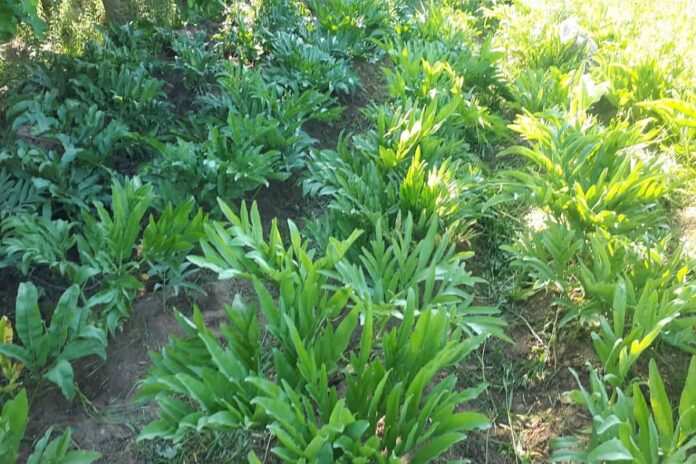It is called Yang in Kashmiri, Inguva in Telugu, Angushtagandha in Persia known as Kayam in Marathi, Tayib in Persia and Devil’s Dung in English. Know why Heeng Cultivation is being tried once again in India.
From lentils to sambar. Asafoetida is very natural in the kitchen of most families in India from north to south. You may also be aware that asafoetida production in India is negligible, so every year India receives about 600 crore asafetida (Heeng). But, now scientists have agreed that they will accept it only by producing Heeng in India. Yes, Himalayan Bioresource Institute (IHBT) scientists have made a mission to grow asafoetida in the Indian Himalayas. Used in medicines in some European countries including India. The first batch of asafoetida has been planted in Lahaul Wadi in Himachal Pradesh last week. Why are scientists taking this kind of initiative? Along with this, you should know some more important facts related to the production and business of asafoetida.
What and why is this asafetida mission?
Asafoetida with rich nutritional properties comes to India mainly from Afghanistan, Iran and Uzbekistan. According to government data, India imports 1200 tonnes of raw asafetida every year. India also tried to grow asafoetida once between 1963 and 1989, but no positive results were found. After this, in 2017, scientists proposed it again with a new idea.
They were studied after asafoetida seeds were sourced from Iran. After getting all the approvals from the Agricultural Research Council (ICAR), IHBT carried out research etc. in Palampur. Since this plant thrives in desert conditions, scientists gave it special chemical treatment in controlled lab conditions. After this, this project of growing asafetida for the next five years was started under an agreement with the Agriculture Ministry of Himachal.
Are there suitable asafetida conditions in India?
On October 15, an attempt has been made to grow the first batch of asafetida in the quarrying village of Lahaul. According to agricultural science experts, a report has said that the conditions favourable for asafoetida production are expected. It has been started from Lahaul Spiti Valley after investigation. After finalizing the four locations here, 7 farmers of the region have been provided asafetida seeds. experts also say that asafoetida can grow between 35 to 40 degrees and -4 degrees in winter, but this leaves the plant under different conditions. These places have been selected only after seeing the weather for this plant accustomed to cold and dry weather. Earlier some experiments were done in Mandi, Kinnaur, Kullu, Manali and Palampur and now the researcher is thinking of expanding the experiments in Ladakh and Uttarakhand.
After all, why asafetida is so special?
Asafoetida has been used as a medicine in India since ancient times. Asafoetida has proved useful in problems like digestive problems, stomach cramps, asthma and bronchitis. Being useful in Vata diseases, the mothers of the newborn are consumed. Also, positive results have been found regarding the use of asafoetida at the time of more bleeding during menstruation or during having pre-mature labour pain.
Ultimately, experiments have started for the production of asafoetida, but it will take about five years for its results to come. In these five years, scientists will monitor these plants. The target is to produce asafetida in one hectare by the end of this year and 300 hectares in the next five years if all goes well.










































